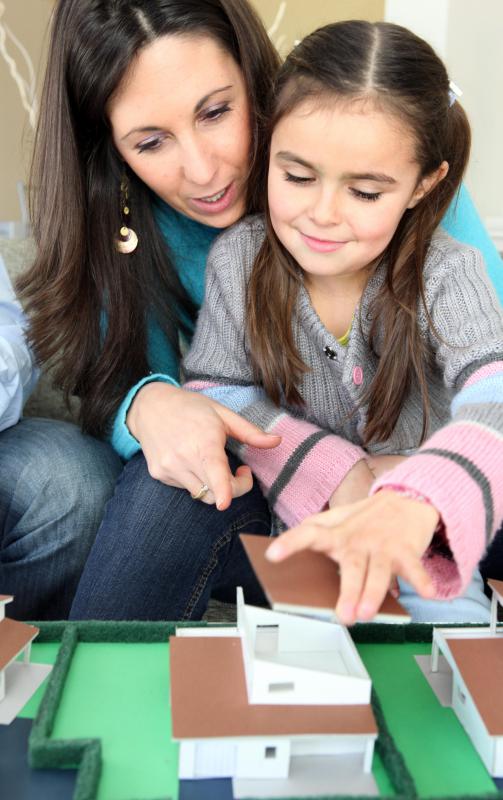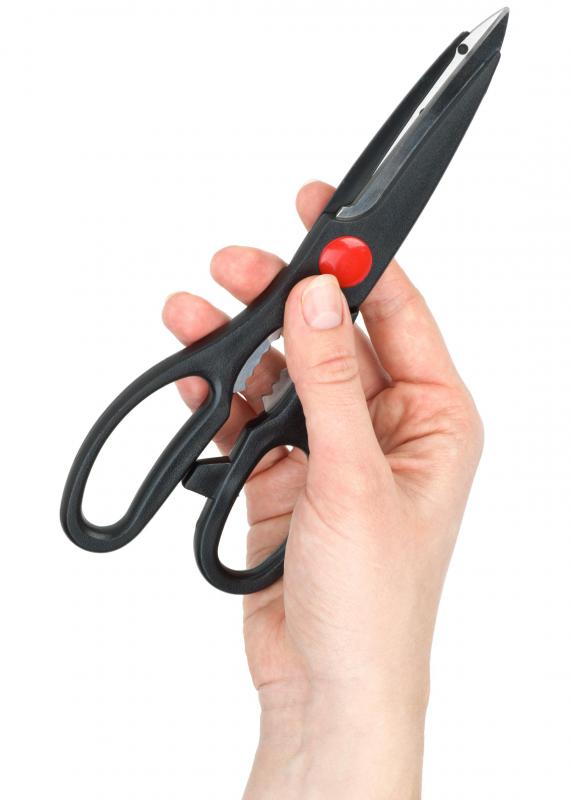At TheHealthBoard, we're committed to delivering accurate, trustworthy information. Our expert-authored content is rigorously fact-checked and sourced from credible authorities. Discover how we uphold the highest standards in providing you with reliable knowledge.
What Is the Connection between the Pons and Cerebellum?
The pons and cerebellum are parts of the brain. Both structures assist in basic sensory and motor functions and thus contain similar compositions. Most prominently, the pair of central nervous system structures work together to help facilitate proper movement in living organisms. Therefore, when either structure is damaged, a deficiency in mobility may result.
The central nervous system, consisting primarily of the brain, is responsible for human movement and sensation. The pons and cerebellum comprise some of the older and less developed portions of the brain. In general, the lower brain areas are reserved for some of the most basic and primal human functions.

Both structures — along with the medulla — comprise a portion of the lower brain known as the metencephalon or the hindbrain. All of these components have a somewhat similar makeup comprised of white matter and gray matter, which help transmit and implement signals within the brain. Neurons, or brain cells, are the most basic parts of the pons and cerebellum.

Mobility is the primary duty of the cerebellum, although other factors like emotional expression have also been linked to the structure. Coordination in particular is the cerebellum's guiding responsibility. The pons, on the other hand, is located in front of the cerebellum on the brain stem. White matter inside the pons is crucial to a number of important body functions, including the following: breathing, sleeping, sensory awareness, swallowing, and bladder maintenance.

The pons joins the cerebellum via two thick structures known as cerebellar peduncles. As such, the pons connects the cerebellum to the main portion of the brain: the cerebrum. Many cerebral signals pass through the pons on their way to various other body structures, and these signals are likewise transmitted to the cerebellum via the middle peduncles.

A sizable percentage of the information received by the cerebellum from the pons concerns motor control. The brain’s cerebrum sends commands for movement down to the brain stem. When the cerebellum receives this information, it can then help fine-tune motor movements by assisting with balance, posture, and specific movements. This teamwork in creating human mobility constitutes the primary connection between the pons and cerebellum.

Therefore, damage to the pons or cerebellum can result in similar difficulties. Namely, due to the areas’ emphasis on motor skills, dysfunction often results in poor muscle tone, incoordination, and tremors. Such abnormalities can be caused by a number of common factors, including brain trauma, infections, and genetic or developmental disorders. Since the pons and cerebellum are in close proximity, any impact to one area could likely impact the other area as well.
AS FEATURED ON:
AS FEATURED ON:
















Discuss this Article
Post your comments